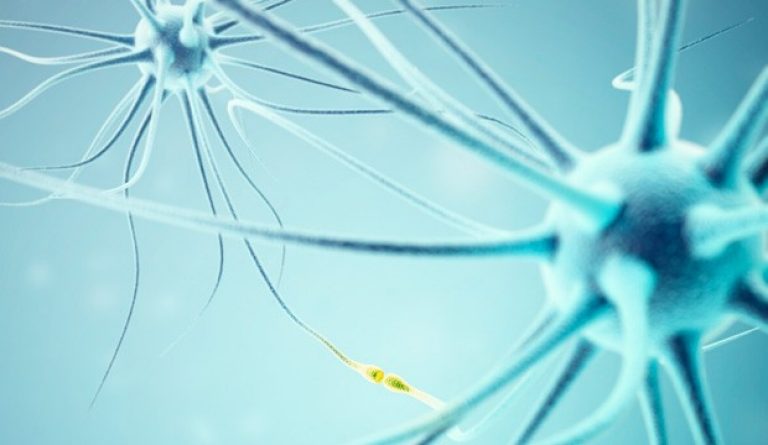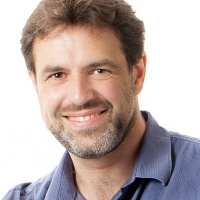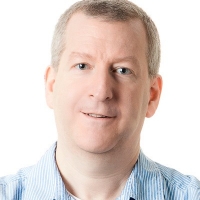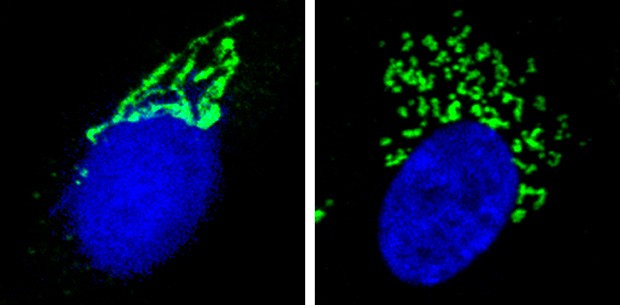Some of these hubs are the primary targets of several neurological diseases such as epilepsy. Working in collaboration with the Montreal Neurological Institute, Grova hopes to find new ways to improve the presurgical investigation of epilepsy patients, to predict the outcome of the surgery and therefore to propose optimal personalized therapeutic solutions to every patient.
To do so, his research aims at studying the patient-specific structures of brain networks.
The multi-institutional project was made possible through the efforts of researchers from Concordia’s PERFORM Centre, as well as McGill University, the École de Technologie Supérieure and the Université de Montréal.
“This great achievement is the result of hard work from a whole team of students and collaborators,” Grova says.
“Sustained funding from the CIHR will open up excellent opportunities for us to recruit motivated graduate students and fund new research using the excellent neuroimaging platform at PERFORM.”

 Photo by David Ward
Photo by David Ward
 Photo by David Ward
Photo by David Ward
 Photo by David Ward
Photo by David Ward
 Left: A skin cell from a non-affected individual. Right: From an individual with a mutation in a TRAPP protein. The nucleus is coloured in blue and the Golgi apparatus in green. Golgi in the affected individual is more fragmented and less organized than that of the non-affected individual. | Image courtesy of Michael Sacher
Left: A skin cell from a non-affected individual. Right: From an individual with a mutation in a TRAPP protein. The nucleus is coloured in blue and the Golgi apparatus in green. Golgi in the affected individual is more fragmented and less organized than that of the non-affected individual. | Image courtesy of Michael Sacher


